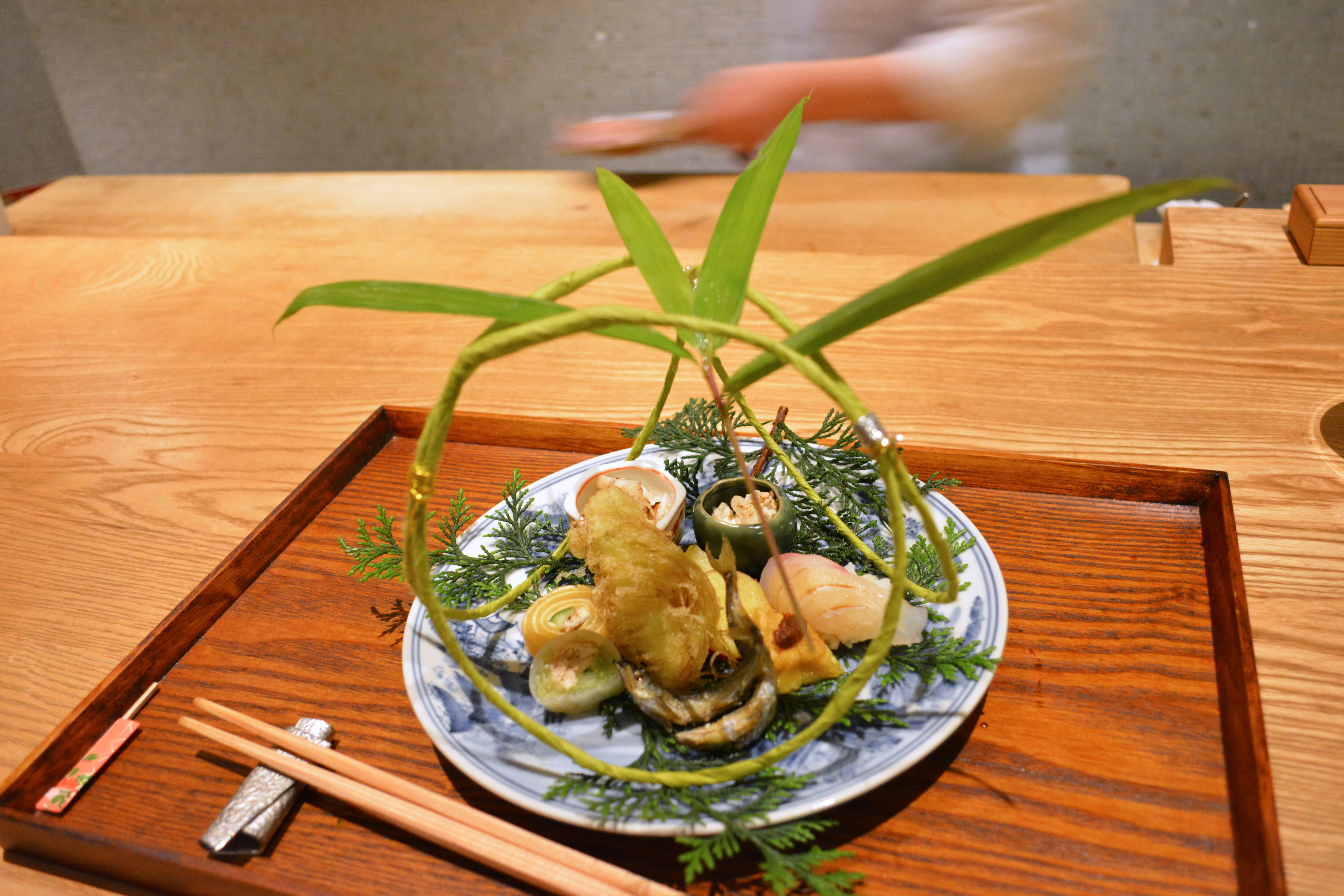I have worked in my fair share of kitchens over the years. At some stage while toiling at each, someone — usually a chef — would lose their temper with me and regain it only after loudly roasting me with words not fit for a newspaper. I thought of these episodes while sitting at the counter of Kakomi and observing chef and owner Kazuki Kakoiyama and his small team of chefs and waiting staff.
It's only a slight exaggeration to say you'd need to be psychic to pick up on what passes between them. Like many other kappo (counter-style restaurants) that serve haute cuisine, nothing must get between a patron and their food — especially the idle chit-chat of kitchen staff.
But the mood at Kakomi isn't somber: Chef Kakoiyama is jovial and enterprising. He also has that sixth sense of knowing when conversation is warranted, and when it's excessive. Interactions with him usually involve him helping you decipher a dish — like an artist called on to explain some abstraction. The first dish definitely needed its own Cliffs Notes.


















With your current subscription plan you can comment on stories. However, before writing your first comment, please create a display name in the Profile section of your subscriber account page.